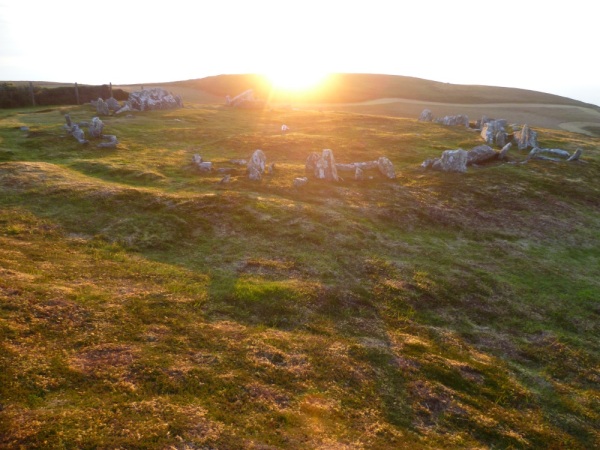The Dictionary of Celtic Myth and Legend by Miranda Green

Professor Miranda Green of Cardiff University in Wales is the author of several books related to Celtic Culture including the well known "The World of the Druids".
The Dictionary of Celtic Myth and Legend by Prof. Green has been widely hailed as an excellent reference text for the expert or layman with an interest in Celtic Mythology. The praise is justified.
In over 200 pages of alphabetized Divinities, Mythological Beings, Sacred Animals, Symbols and Natural Phenomenon, Professor Green provides a masterful reference text to the pre-Christian Celtic world. Richly illustrated, this is an easy and enjoyable read for those of us seeking a lucid presentation of the rich myth and legend of the ancient Celts. The fourteen page introduction, if dutifully read and absorbed, gives the reader a firm grounding in this mesmerizing subject matter.
The reader searching for a clear connection between the present day culture of the Six Nations and pre-Christian Celtic Mythology may be disappointed. The scope defined by Dr. Green is as follows: "The Celts who are the subject of this book are the ancient peoples of pagan Celtic Europe, from 700 BC to AD 400." An ancient world that stretched from the Hebrides and Arran Islands to the Black Sea coast of Bulgaria, from the northern shores of the Danube to the Algarve. In a stern no nonsense academic approach, Green dismisses the direct link between the rich mosaic of historical Pan-European Celtic Mythology and today's "Celtic Fringe". A dismissive that is a bitter pill for someone like me who, having heard Irish spoken in my Grandmother's kitchen, had vaguely regarded modern Celtic culture as a low door to the Mythological world of the Druids and who always imagined the power of the Celtic tongue forging a shimmering open window to the world of the Fairies.
However, the link from the world of Celtic Myth and Legend to modern day belief is provided by Green in the closing passage of the Introduction: "There is one feature of pagan Celtic religion which should be mentioned, namely the transition into Christianity. The transference from polytheism to monotheism was made easy because the multiplicity of pagan deities could slip without difficulty into the characters of the Christian saints. The goddess Brigit became Saint Brigit, with her cult virtually unchanged. Saint Ann was probably originally the Irish goddess Anu. The Virgin Mary took over many functions of the Celtic Mother-goddesses. The pagan Celtic Otherworld corresponds very closely to the Christian Promised Land...Thus the religion of the pagan Celtic world not only survived , in adapted form, the Roman occupation, but was not even totally obliterated by Christianity."
We suppose the thing to remember is that in the Christian sensibility Saint Brigit inhabits an abstract ethereal world of novena and rosaries, her powers constrained by the precepts of Christianity. Whereas the benevolent pagan goddess Brigit was a divinity invoked by women for protection in childbirth and who was the daughter of the paradoxical Dagda, a god who wielded a monstrous weapon, one end of which was used to kill the living and the other end used to revive the dead. To the ancient Celt, Brigit and her father may well have been waiting atop the next hill.
Recommended further readings
The Dictionary of Celtic Myth and Legend
Get your copy from Amazon.com (US$) or Amazon.co.uk (GB£):
The World of the Druids
As mentioned in the review, Miranda Green is also the author of the famous "The World of the Druids". This is well recommended as well. Also available from Amazon.com (US$) or Amazon.co.uk (GB£):
Content type:
- Pan-Celtic
Language:
- English






